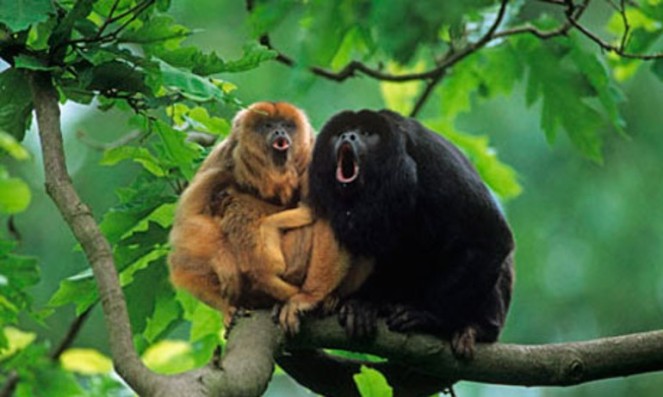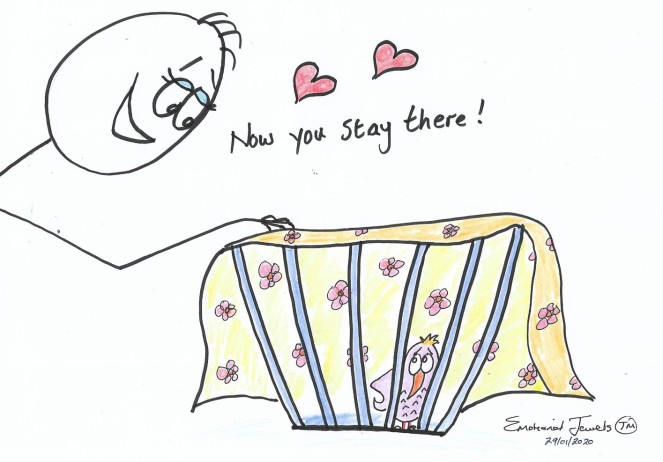Written by Joan Gillett, Julie’s mother.
Chapter 55: Hauling Silver Heels out for repairs, another tricky rescue, and sailing by a hankerchief.
July 2000: Trinidad, Margarita, Tortuga, Written in Las Perlas Islands, Panama on 4th Feb. ‘01
Our 5th visit to Trinidad consisted of uninterrupted boat work. We installed two new 12 volt fridge systems and redid the insulation in the boxes. We fitted 5 large solar panels as our generator is no longer reliable and to repair it would probably have cost almost as much as the panels. They’ve worked out very well, and we’re thrilled with the results. We hauled the boat onto the hard to scrape and anti-foul the bottom and discovered that our prop-shaft was bent. This was a real pain as Andy had to cut the flexible coupling off with an angle grinder in order to get the shaft out for straightening. The new cutlass bearing we bought was the wrong size so Andy had to painstakingly file it down to fit in the stern-tube. After a week of working in the blistering heat we were safely splashed back into Chaguaramas Bay only to find that the water filter above the new batteries was leaking.

Island Time in action!
We had a never ending supply of hassles. We love our lifestyle, but it isn’t always a bed of roses. The next snag was that the engineer who came to realign our main engine discovered that our front engine mountings were cracked. It took a week to get this job done as everything works on “island time”. We eventually managed to get out to Scotland Bay in time to watch the boats come through that were competing in the Trinidad to Tobago race. These are very fast racers, gaudily painted, with two to three crew manning the controls. They are capable of incredible speed, and we wondered what sort of battering the crew’s kidneys took slamming over the chop near the Boca de Mona, and how they coped with the stress of concentrating all the way to Tobago in the open sea.
Pics off the net of Trini to Tobago race.
Scotland Bay is a pretty alternative to Chaguaramas, with towering cliffs covered in rich greenery. Howler monkeys abound, and although they’re difficult to see, their presence is advertised by their cries which sound like a pride of lions snarling and half roaring. Green parrots flit happily from tree to tree with a distinctive flight that looks a bit unaerodynamic. It was peaceful in spite of being somewhat crowded, and gave us a chance to catch our breath before motor-sailing on smooth water and in very light wind to Porlamar, Margarita.


Howler monkeys & green parrots.
This is the largest of the Venezuelan islands with a warm, dry climate and pretty beaches, and is a major holiday destination for wealthy Venezuelans who flock there to buy duty-free jewelry, electronics, and chic clothing. The smart stores rub shoulders with street vendor stalls selling anything from ballpoint pens and shoelaces to freshwater pearls, t-shirts, shells, freshly squeezed orange juice and delicious fast food prepared on small barrows. For $2 you can get a satisfying meal and fresh fruit juice. We soon got back into the swing of being in a Spanish speaking island, and managed to stretch my Spanish to the limit by buying a new large frame alternator and the correct capacitor. We stocked up on beer, wine, rum and plenty of fresh fruit and veggies before turning our bow towards Tortuga.

Porlamar, Margarita – Venuzuela
While motor-sailing (again!!) we spotted something small in the water. As we passed it, we saw that it was a small bird. We turned back and had a hell of a time trying to locate it again. Andy eventually spotted it, and brought “Silver Heels” to a stop very close to the little fellow. I jumped into the sea and picked it up, then rinsed it in fresh water and settled it in the galley sink on a soft towel to try and absorb some of the water from it’s soggy feathers. In a couple of hours it recovered enough to disappear from the sink, and we had a major search on hand to find it before it got sat on or squashed under foot. We found him behind the stove, and I put him into my laundry basin on the bed and covered the whole thing with a light wrap as we needed to know where he was through the night.

Our rescue bird in the laundry basket.
The wind picked up and we had a wonderful sail, sliding along over a smooth sea and under a full moon. We entered the bay at Playa Caldera at 11.30 p.m., eyeballing our way in and making use of the radar and GPS and with help from Norm on Walkabout who also talked us in. We’d been there before, or would not have attempted a night entry. Early the next morning we took the bird ashore and he flew happily away .
Tortuga is a low, arid island with many beautiful anchorages, stunning white beaches and superb snorkeling. From Playa Caldera, where there’s a tiny airstrip used for flying in weekend visitors from Caracas, we moved to Herradura, our favorite Tortugan anchorage. We delivered the veggies we’d brought for our friends on “Gilana” then on the evening of the 21st September, after five glorious days we left for Los Rocques. The great sailing petered out when the wind died at 4 a.m. and we alternated between motor- sailing and sailing until we dropped anchor behind the reef at 9 a.m. We didn’t linger there as we’d been there before and weren’t prepared to pay the hefty Park charge, so after a very rolly sail to Barlovento, anchored in one of our best loved spots.

Best I could find on the net of Tortuga to give you an idea as to where it is.
At this point, hurricane “Joyce” reared her head, and had everyone in the Southern Caribbean listening anxiously to weather reports. Joyce didn’t turn North as expected, and became a direct threat to us. We didn’t want to be trapped behind the reef as the sea and wind picked up, so decided to run for Morrocoy, a National Park on the Venezuelan mainland. This was a great sail, averaging 7 knots, with the boat upright and “in the groove”. There was no moon and not a cloud in sight, so we could see every star, and their brilliance illuminated the sea. We tucked ourselves into a bay surrounded by Mangroves and settled down to see what would happen next. To everyone’s great joy Joyce was downgraded to a Tropical Depression, and the danger was over.

Satellite images of Hurricane Joyce
With relief in our hearts we picked our way out of the mangroves and with 20 – 25 knots on the beam, had an exciting 8-knot sail to Curacao. We were going to arrive much too early and furled more and more of the sail until we had just a handkerchief sized piece left. We were still doing 8 knots, so eventually hove to about three miles off and waited until dawn to enter the harbour at Spanish Waters. The anchorage was packed with boats which had come in from Las Aves and Bonaire to take shelter from Joyce, and we came across many boats we’d met all over the Caribbean.





